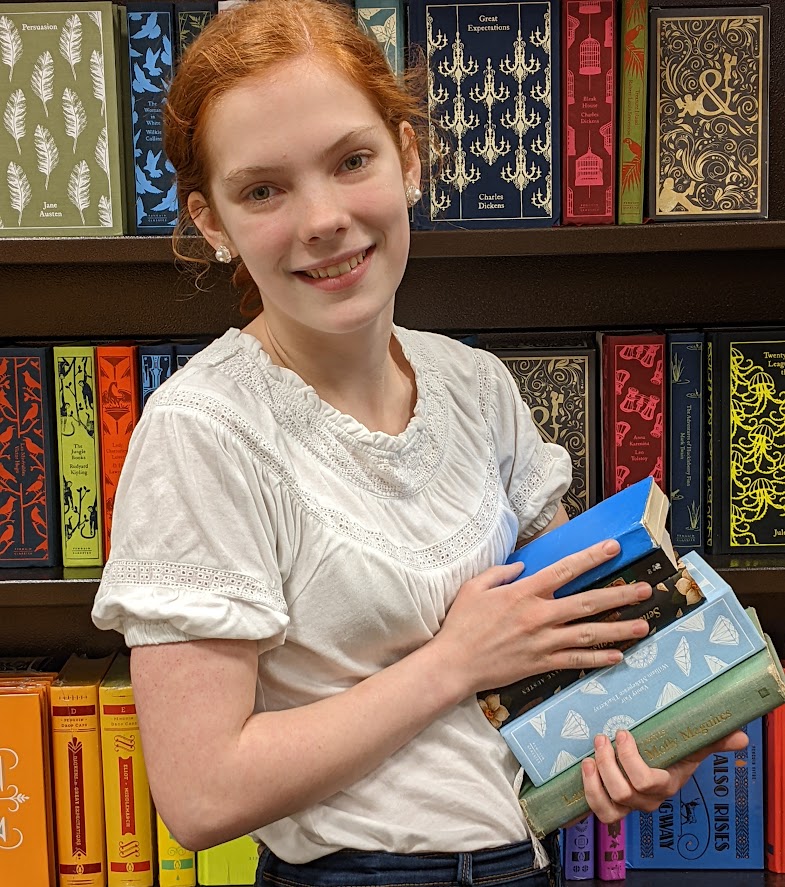Simple stories can come across as a little boring, especially to the writer. I mean, who wants to write just a simple, straightforward story with a few characters that fill very distinct, straight-forward roles? There is less opportunity for plot holes and complications, to be sure, but in a world full of stories with mind-bending plot twists and multi-perspective novels, sometimes the beauty of simpler stories can become lost to the everyday viewer.
But there is a certain beauty to simple stories. From fairytales to fables to folk tales, many of our simplest stories have actually become the most successful. And there’s a very specific reason why.
An example of such a story is The Lion King. When I first watched it, I was disappointed. The plot was simple, every character had been done before, and there was nothing especially unique about it. It was another Chosen One who has to defeat a family member to take his rightful place in the world. Except… this time it’s African animals.
But most people don’t feel this way. The Lion King was hugely successful, and I know so many storytellers who say that it played an integral role in the development of their love for writing. So what is it about this simple, fairly cliched story that changed so much for so many? How can we, as authors, harness the ability to write stories that can change people’s perspectives forever? How can we keep simple stories from becoming another basic, run-of-the-mill version of a series of tired old troupes?
The answer is circular storytelling.
The Lion King
Simba is the young cub of the lion Mufasa, growing up on the Pridelands. His father has taken his place in the circle of life as the king of the animals, and eventually Simba’s role will be to rule the other creatures, as well. But Mufasa’s younger brother, Scar, seeks the throne for himself. He forges an alliance with a pack of hyenas and uses them to kill Mufasa and drive Simba from the Pridelands. Simba, alone and confused, believes that he is responsible for the death of his father. A group of jungle animals encourage him to forget his worries, and he grows up surrounded by a care-free group of animals with no worries and no responsibilities.
All of that changes when Simba’s old friend, Nala, shows up. She tells him that their home has become overrun with hyenas and is starving under the oppression of Scar. Because Simba has not taken his place in the circle of life, the balance within the Savanna has been broken. Simba is conflicted, knowing that going back to the Pridelands will mean taking on responsibility and facing the guilt that he’s been running from his entire life. He desperately wants his father with him to guide him.
When Rafiki, his father’s old friend and mentor, arrives with wisdom and reminds Simba that his father is always watching him, waiting for him to take his place in the circle of life, Simba finally decides. He and Nala risk everything to challenge Scar and take back the throne.
Circular Storytelling
Before I explain exactly how The Lion King used circular storytelling, I think it’s worth explaining what circular storytelling is.
Imagine that you have a line. Along the line, each of the story beats are arranged chronologically, starting from the very first scene to the last one. If you were to fold that line in half, a circular story would have recurring elements, events, and concepts that line up.
For example, the midpoint would be flanked by two events that feature the same idea, but showcase it in a different way. In Beauty and the Beast the character trait anger is first used to hurt someone, and then to defend them, forming the midpoint of the story. The ending and the beginning would also correspond, such as the first scene opening to a sunrise and the final scene closing at sunset as in Avatar: the Last Airbender. This concept can be a little confusing at first, so let’s dive right into the Lion King to see exactly how it is used in storytelling.
The Lion King and Circular Storytelling
To see how The Lion King used circular storytelling, I created a chart with two columns, each column corresponding with one half of the movie, listing the plot points in order of their occurrence. The first column follows the series of events chronologically downward, while the second column flows upward, so that we can see the elements that match up across the plot points.
| First half | Second half |
| Beginning: The king and queen present their son to Rafiki. Simba learns about the responsibilities that come with being king. Simba’s poor decisions result in him and Nala having to face the hyenas. Scar enlists the hyenas’ help. Scar meets Simba as part of his plan. After losing his father, Simba flees the Pridelands out of fear. Simba finds new allies in his carefree friends, Pumbaa and Timon. The jungle animals sing while Simba considers forgetting his past to enjoy the present. Simba attacks Nala to protect his new friends. Middle | Ending: The king and queen present their son to Rafiki. Simba takes on the responsibilities that come with being king. Simba and Nala both decide to face the hyenas and drive them out together. The hyenas turn against Scar. Simba meets Scar, despite his plan. After finding his father, Simba returns to the Pridelands boldly. Simba finds a new ally in Rafiki, his father’s old advisor. The jungle animals sing while Simba considers facing his past instead of running from it. Nala and Simba revive their old friendship. Middle |
Do you see how each of the individual plot points, scenes, and even musical numbers were expertly timed so that they correspond with an adjacent scene, concept, character, or idea? The midpoint is flanked by the drastic development of Simba and Nala’s friendship, and the story opens and closes with the king and queen presenting their cub to Rafiki.
When readers find a circular story, they subconsciously start picking up on clues, events, and concepts that they begin to look for as the story goes on. It’s very subtle, so it can be hard to pick up on. But if that element is missing or misplaced, things begin to feel off. Think about how the story would have changed if the story hadn’t given Nala and Simba an adventure together in the beginning, or if Scar had always been in league with the hyenas. It would have been a nice enough movie, for sure. But something would have been unmistakably off.
The effect that carefully timed, circular plot points can have is hard to overstate. From Harry Potter to Beauty and the Beast, almost all of the West’s favorite stories come from storytellers who were experts at crafting plots with events timed just perfectly to create a story that is unusually powerful in spite of its simplicity. In some ways, my initial instinct was correct — The Lion King is an incredibly simple, cliched film. But on the other hand, it was expertly crafted, carefully timed to highlight an important message and elicit the sort of conclusion that makes stories worth telling to begin with.



Let us know in the comments:
Have you noticed any circular stories in the books, movies, and TV shows you most enjoy? Have you ever attempted to write a circular story, yourself?


Hi! My name is Mara, and I’m a Christian artist, violinist, and blogger. I remember the day that I decided that I would learn something new about what makes a good story from every book I picked up — whether it was good, bad, or a mixture of both. I use this blog as a way of sharing some of the tips and tricks I’ve learned, and highlight which books, cartoons, and movies have taught me the most about writing an awesome story.

